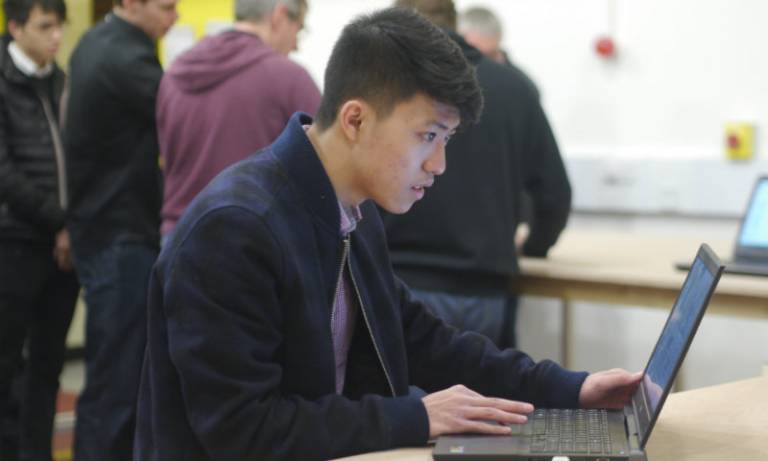Cross-year-group integrated tutorials to help students learn from each other
Professor Adam Gibson explains the results of reconfiguring the tutorial support system in an undergraduate engineering degree programme so that each tutorial group includes students from all years.

2 May 2017
We have restructured the tutorials in our biomedical engineering programme so that each tutorial group includes students from all years of the programme.
The main reasons for this change were to encourage students to connect between year groups so that newer students can learn from more experienced near-peers, and so that students reaching the end of their programme can recognise how much they have learnt and matured.
We felt that final year students underestimate the amount that they have learnt because they are not able to directly compare their current level of knowledge to that which they had when they entered the programme. We decided to tackle this problem with a solution inspired by a local secondary school.
Integrated tutorials also provide an opportunity for students to reflect on their learning, make holistic connections between modules and see their subject in a broader context.
Students develop their own peer-to-peer support
This approach gives practical help to students by encouraging them to form their own support groups organically without the commitment required by a formal mentoring programme. Pedagogically, we intend to use tutorials to emphasise continuity throughout the degree, enabling students to form connections within their learning year-by-year, and to see how their understanding and expertise develops through the programme.
Broadening opportunities for students to build relationships and networks
In our previous tutorial system, students were divided into tutorial groups each of which consisted only of students from a single academic year.
Although this meant that the tutorials were focussed and equally relevant to all students, it provided students with limited opportunities to meet with students from other year groups and almost no opportunities to learn with students from other years.
In our new, “integrated tutorial” system, two to three students from each year group make up a tutorial group of about 10 students. The tutor acts more as a facilitator than an expert and aims to encourage conversation between the students.
A few single-year-group tutorials remain where we need to address topics which are specific to a single year group.
We have about 10 one hour tutorials per year, with additional one-to-one tutorials where necessary. The topics covered are flexible but typically include professional engineering skills, preparing for employment, and revision and examination techniques.
Student feedback is positive but limited benefits for final year students
We assessed the impact of the integrated tutorial system using a combination of questionnaires and focus groups in a new collaboration between tutors on the biomedical engineering programme and UCL Arena.
Feedback questionnaires suggested that students preferred integrated tutorials over single-year tutorials.
However, some students in the later years of their degree felt that they would gain less from this scheme than new students. We have tackled this concern by scheduling tutorials to ensure that each session contains material relevant to all students, and by retaining year-group tutorials in cases where there is material which is only relevant to one year group.
We are continuing to review the new tutorial system by monitoring students’ feedback with questionnaires which we will use to refine our approach as the programme develops.
 Close
Close

